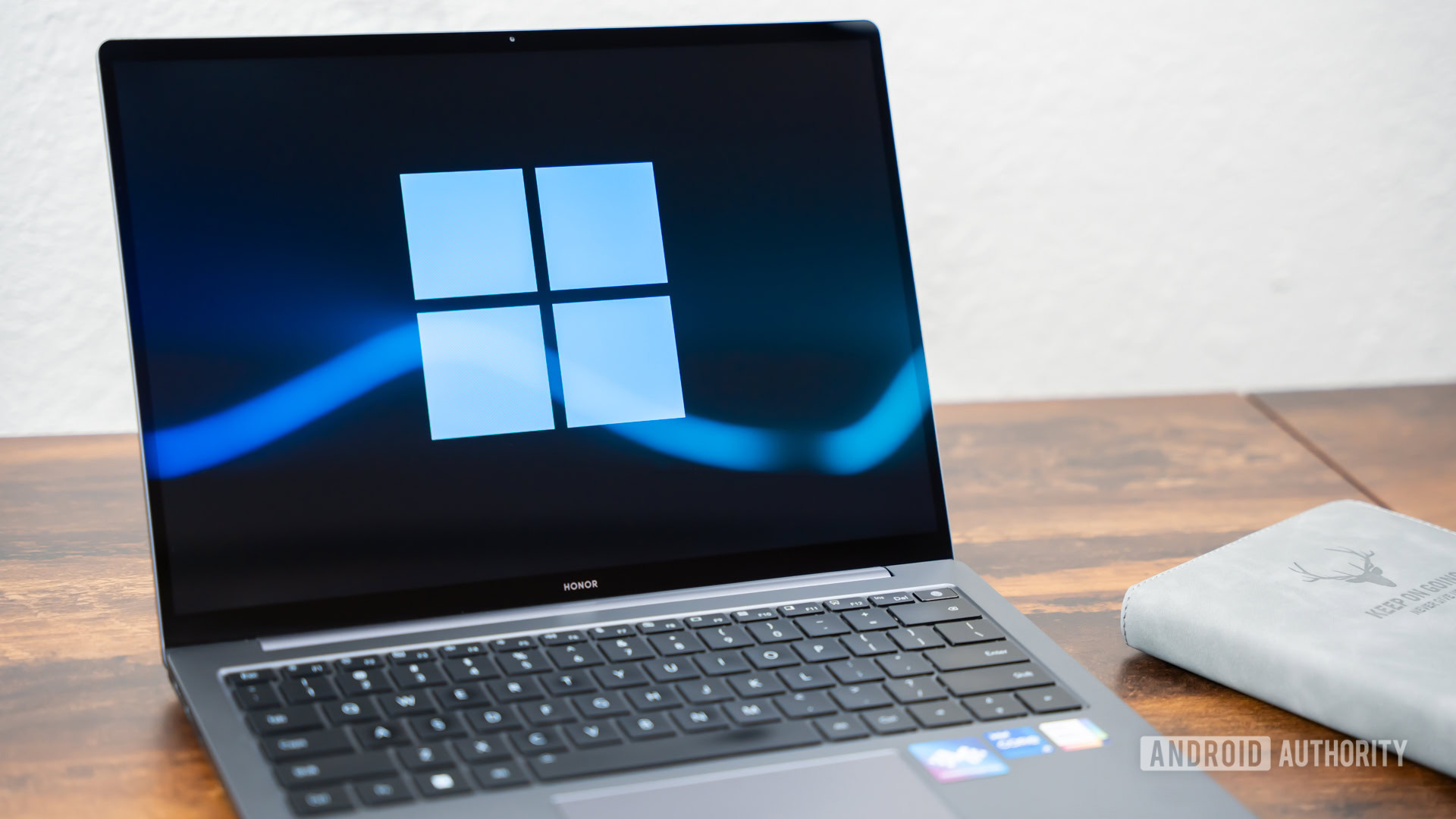Edgar Cervantes / Android Authority
If you’ve tuned into Computex this week, the main event has been the debut of numerous Windows on Arm laptops powered by Qualcomm’s long-awaited technology. Snapdragon X Elite and X Plus platforms. You might not believe it from the hype around the launch, but this exclusive collaboration between Microsoft and Qualcomm to bring the power efficiency of Arm to Windows is actually entering its seventh year. Finally, the long-touted (if not slightly exaggerated) benefits of leaving x86 behind they seem to have arrived.
I dipped my toe into the Arm project a couple of times. First, with the 2018 Lenovo Mixx 630, equipped with the flagship Snapdragon 835 smartphone-class processor from 2017. Performance was quite poor for laptop use cases, with slow multitasking and poor emulation of non-based apps. in Arm. Arm’s native app ecosystem was absolutely garbage back then, severely limiting the platform’s appeal. I still have this little 2-in-1, but it’s so hard to use that it just sits collecting dust. Still, those were early days and Windows on Arm would eventually improve.
Fast forward to 2020 and I spent more time with the Surface Pro X, this time with Qualcomm’s original Snapdragon 8cx chipset, a first in a laptop. Performance was still much more average than top, but the ever-improving software setup made this a Windows on Arm machine I could almost use for most of my daily work. think of a Premium Chromebook but with Windows instead of ChromeOS. Unfortunately, it also required image editing, something the original Surface Pro X could only handle at a snail’s pace. Still, I’ve kept this guy as a brave media player and web browsing tablet, and it still works pretty well today. Later revisions to the 8cx made the platform a little more powerful, but the 4G/5G networks, fanless designs, and above-average battery life remained the real draws.
Are you interested in the AI capabilities of laptops?
41 votes
Arm-PCs were slow and lacked that great app. That’s all changing this year.
But even in recent years, there hasn’t been a very compelling reason to jump into the Arm landscape over the familiarity of Intel and AMD. Yes, battery life and connectivity are slightly better on the few Arm products available. Still, they have been overpriced and there has only been a comparatively small selection of products to choose from. While the situation with native apps and emulation has improved to the point where it’s no longer a major issue (although it’s still not ideal), few would take the risk and stick with hardware that is known to work perfectly. Unlike Apple, which successfully moved to Arm with its M series processors, Qualcomm’s chips have not offered competitive high-end performance, making them better suited for lighter office tasks than creative work. Despite seven years of effort, there was still no compelling reason for Joe Public to accept it. Even an enthusiast like me gave up any hope of using a laptop as my daily diver in recent years.
However, that all changed with Snapdragon X, which may have single-handedly prevented Windows on Arm from fading into obscurity. Early indicators point to very competitive performance thanks to Qualcomm’s custom Oryon CPU architecture. However, we won’t know for sure until the products reach our hands in the coming weeks, and emulation performance is another unknown. Still, traditional performance isn’t a killer app, but the promised ultra-long battery life will certainly catch the attention of Windows faithful. But perhaps what really draws attention is artificial intelligence. Copilot Pluswhich debuts in Snapdragon X laptops and will follow it on platforms like AMD Strix Point Laptop Chips and Intel Lunar Lake soon. While AI may be a very trendy buzzword to some, it has been an underutilized capability of Snapdragon platforms for Windows for many years. Finally, the hardware and software stars have aligned to make the platform stand out against the bloated portfolios of AMD and Intel.
AI may not (yet) be a global momentum shift for the entire industry; We’ve been pretty lukewarm on features for Hands-on time with new laptops. Still, the trend has finally given manufacturers a reason to adopt and, more importantly, market CoPilot Plus and the Snapdragon X platform en masse. There is no shortage of partners launching products simultaneously, giving the launch much-needed emphasis and weight, something missing from previous versions of Windows on Arm and also from many modern product announcements. Between the Surface line from Microsoft, Acer, ASUS, Dell, HP, Lenovo, and Samsung, consumers have plenty of options to choose from in size, design, and configuration options, which is a great place to be. Compare it to the handful of Arm-PC releases in previous years and it’s easy to see why there’s momentum this time around.
The launch of Snapdragon
Best of all, we can order the laptop of our choice right now, without months of waiting or wondering if something newer is around the corner. There is clarity in this launch window that makes it very easy for consumers to compare all available options, select their preferences and jump right in. The smartphone market, on the other hand, is plagued by overlapping release cycles that make scheduling an update incredibly difficult unless you’re loyal to a very specific range of phones. The only downside is that all of these Snapdragon X laptops will cost you over $1,000, a substantial barrier to entry.
After seven years of weighing the pros and cons of moving to Arm, I’m looking forward to getting my hands on one or more of these Snapdragon X Elite laptops and finally trying out that premium Windows on Arm experience that was promised to everyone. those years ago. After all, it was time.
Source link
